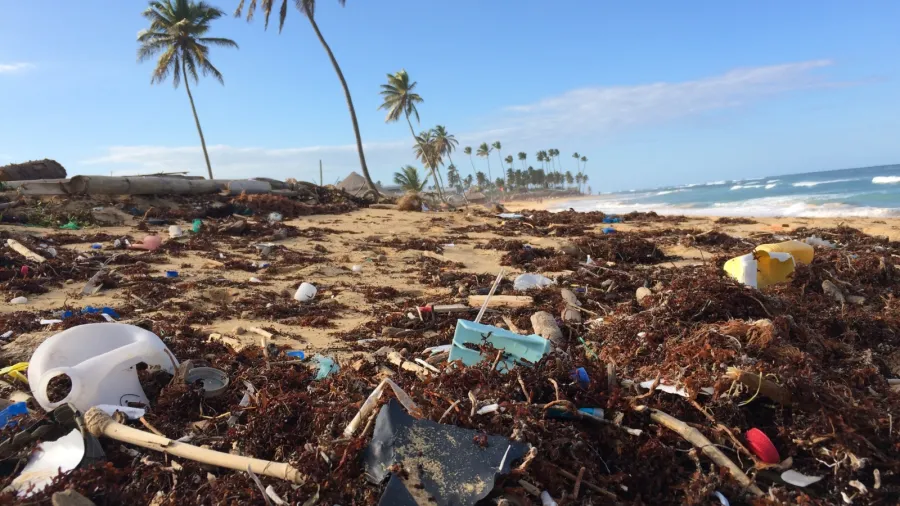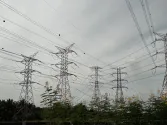
Q1 2025 natural disasters cost APAC billions, insurance coverage limited
In Q1 2025, South Korea and Japan faced significant wildfire activity.
Asia-Pacific’s first quarter (Q1 2025) natural catastrophe events resulted to a billion-dollar economic loss, following the $74b in 2024, of which only $4b were insured.
The primary driver of losses was flooding, particularly from seasonal events in China. Typhoon Yagi and the Noto Peninsula earthquake also contributed significantly, with Yagi emerging as one of the most damaging typhoons in the region since 2014.
Aon has released its Q1 2025 Global Catastrophe Recap, with data pointing to increased exposure and limited insurance coverage across the Asia Pacific region.
In Q1 2025, South Korea and Japan faced significant wildfire activity, with South Korea alone reporting 31 deaths, 49 injuries, and the destruction of over 7,700 structures.
Estimated losses from these wildfires reached approximately $1b.
The costliest event so far this year, however, is the March earthquake in Myanmar, with damages expected to reach several billion dollars—most of which are uninsured.
Ex-Tropical Cyclone Alfred also added to regional losses, with insured costs of about AU$1b, making it the most expensive Q1 event for APAC insurers.
These events follow a volatile 2024.
Aon cautions that whilst climate risks remain critical, shifting exposure patterns—such as rising population density and urban development in high-risk areas—are becoming a more significant factor in driving losses.
Earthquake risk remains elevated, with recent events in Taiwan and Japan reinforcing the need for sustained preparedness.
Globally, insurance covered just $145b of the $368b in natural disaster losses in 2024—54% above the 21st-century average. In
APAC, the insurance shortfall remains more pronounced, highlighting the region’s vulnerability and the pressing need for insurers to adapt to changing risk dynamics.



















 Advertise
Advertise







